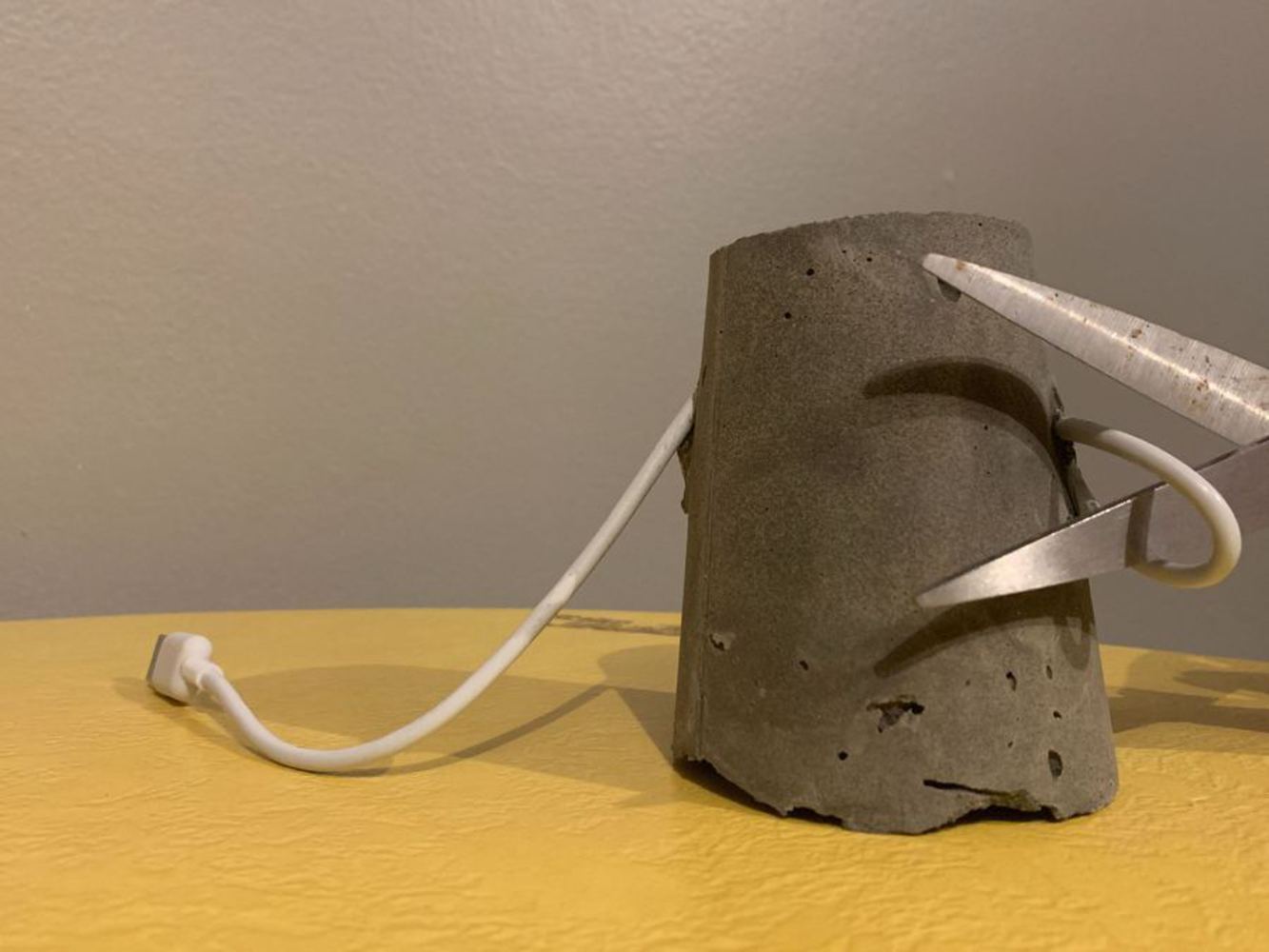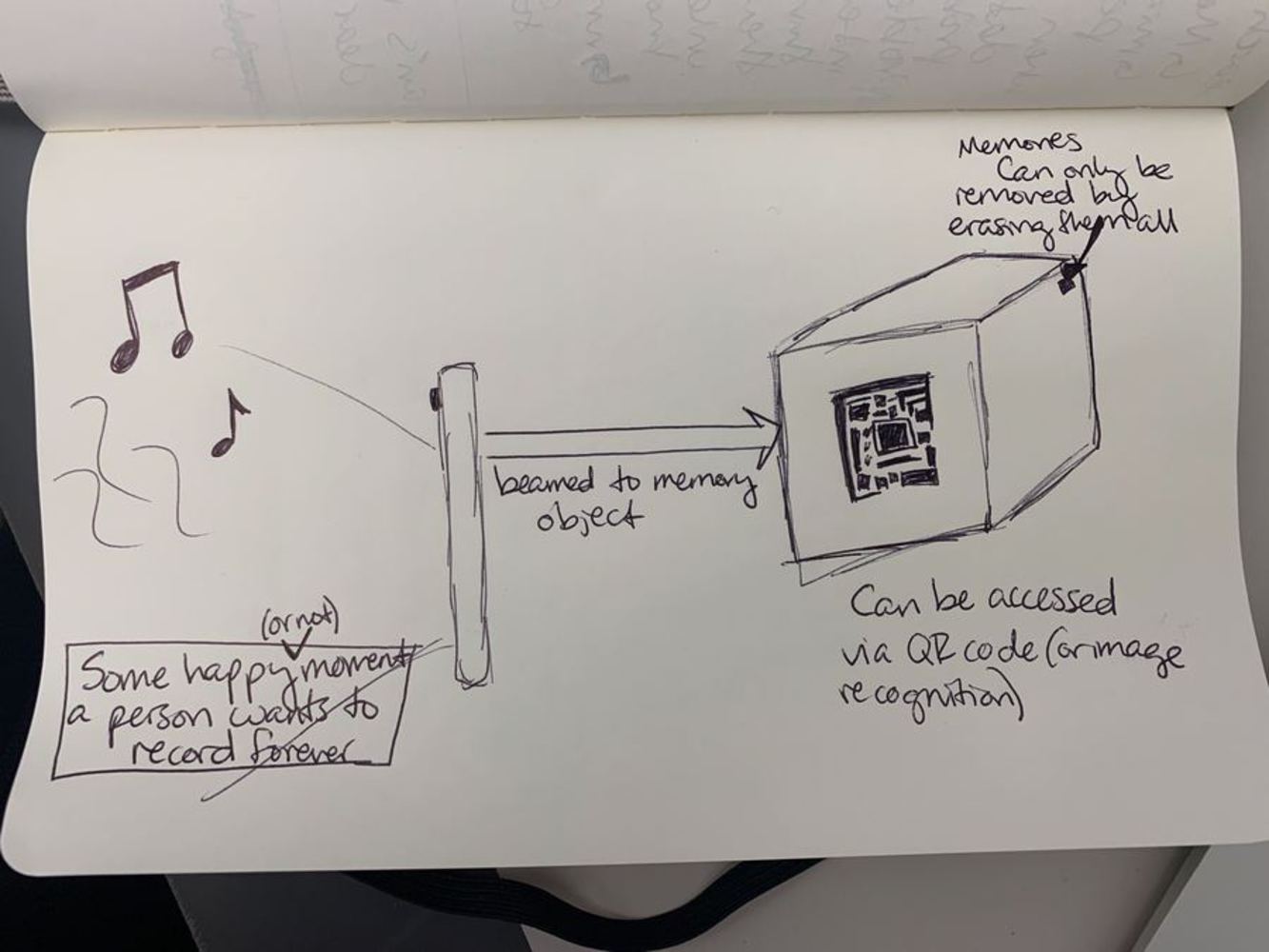Intention
When I was 10 or 11, I decided to reread journals I'd written when I was 7. Predictably, I found myself embarrassed by things my younger self had written and reacted by tearing out all of the pages and ripping them up, essentially erasing any recorded 'memories' that weren't also imprinted to my consciousness (not many). I'd like to say this is a merely a consequence of youthful impetuousness, but I've deliberately and permanently deleted a number of memory records throughout my life, from drawings to images to videos. Sometimes this happens after a breakup, after a friend's estrangement, after growing and maturing a little bit. I've also witnessed friends engage in this memory destruction. I can't say I regret the lost memories themselves (as, without a reference point they fade far faster into obscurity), but I do find this urge to destroy memories and curate our past a fascinating area for exploration and posing a personal challenge.
With this object, I want people to really come to terms with how they value their past and the memories and moments that, collectively, contribute to the essence of who they are. The idea is to create a kind of “imprint” holder, an object that can store a digital collection of somebody’s impactful experiences—songs, pictures, videos, etc. that point to a specific moment or era. A user could be anywhere, experiencing a moment, and capture some reference of it to share to a home "Stone." Back at home, this object can be plugged in and viewed on any computer with a USB port.
The catch is that once a memory is shared to this object, this Stone, it belongs to the stone. Once shared, the memory is removed from the capturing device. The flash drive inside the Stone is inaccessible and the files inside are set to read-only so memories cannot be tampered with or edited. While memories can easily be accessed for viewing, the only way to "delete" or edit a memory is to literally cut the cord allowing access to the memories inside. The memories will continue to exist, but are impossible to access.
There is no post-experience curation or pruning of selected memories to create alternative, sanitized or idealized versions of the past. There is instead a complete record of everything the Stone's owner, at least at one point, deemed significant enough to record. If a user really wants to remove a memory, they have to give up all of their memories. The idea here is that people will be preemptively thoughtful about what they want to record in the box, knowing the permanence of it. That the box forces people to reset their accounts and lose all they’ve curated if they want to get rid of a memory will further require people to reflect about how past events, emotions, and occurrences contribute to who they are in the present moment and what’s more important to them—remembering or forgetting?

